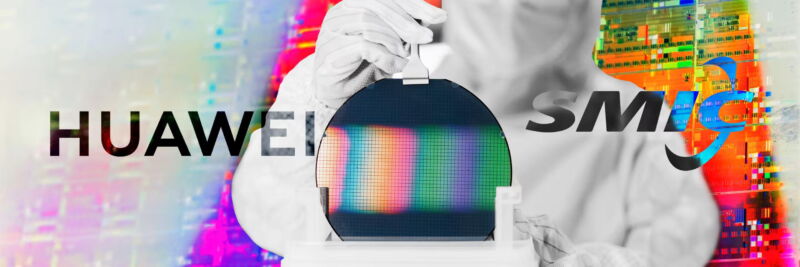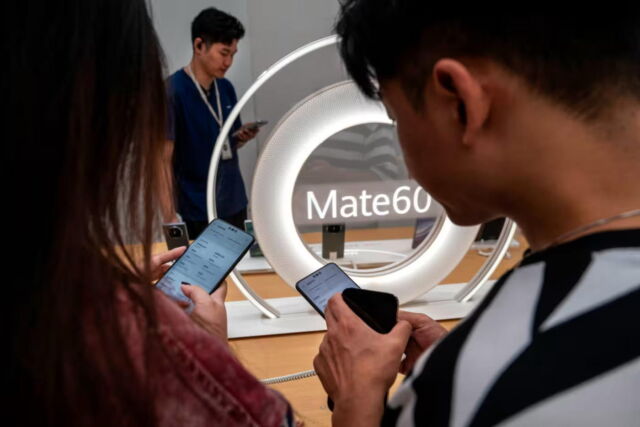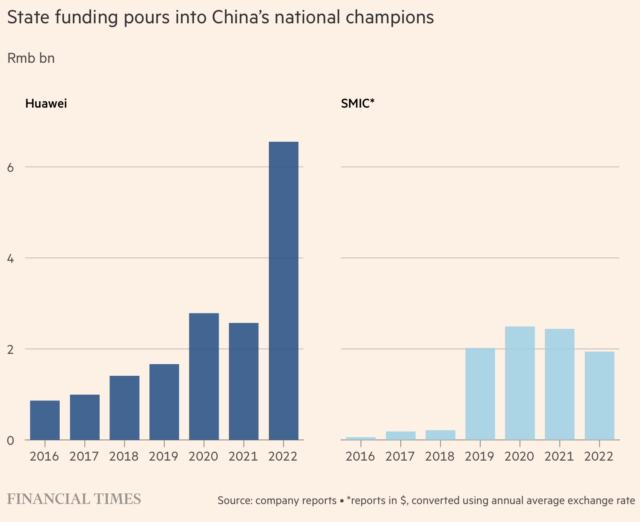
reader comments
161 with
In late 2020, Huawei was fighting for its survival as a mobile phone maker.
A few months earlier, the Trump administration had hit the Chinese company with crippling sanctions, cutting it off from global semiconductor supply chains.
The sanctions prevented anyone without a permit from making the chips Huawei designed, and the company was struggling to procure new chips to launch more advanced handsets.
In response, Huawei decided to bet its $67 billion chip and mobile business on a tricky deal with the Semiconductor Manufacturing International Corporation, a state-backed foundry known for its ambition to catch up with the leading global chipmakers.
SMIC was advertising that it had found a way to produce more advanced chips using dated equipment. It would take longer than Huawei’s previous supplier, Taiwan Semiconductor Manufacturing Company, it would cost more, and it might not work. But it was a chance. Huawei contacted SMIC to make a new smartphone “system on a chip,” codenamed Charlotte.
The odds were stacked against the two companies. In December 2020, SMIC joined Huawei on the US sanctions list—meaning any company wanting to sell technology to SMIC would require Washington’s permission.

To build Charlotte, SMIC would have to grapple with an advanced process it was not familiar with and new restrictions on acquiring and managing complex equipment. One chip company executive close to SMIC likened it to “measuring an elephant in the dark.”

Whether they can maintain this momentum will determine whether China can sustain its semiconductor industry and attain global technological supremacy amid ongoing geopolitical challenges. Is the Kirin 9000S proof that the country can still compete against its rivals, despite the sanctions? Or did the companies simply capture lightning in a bottle?
Most of the sources who spoke to the FT asked to stay unnamed due to the sensitivity of the semiconductor industry.





